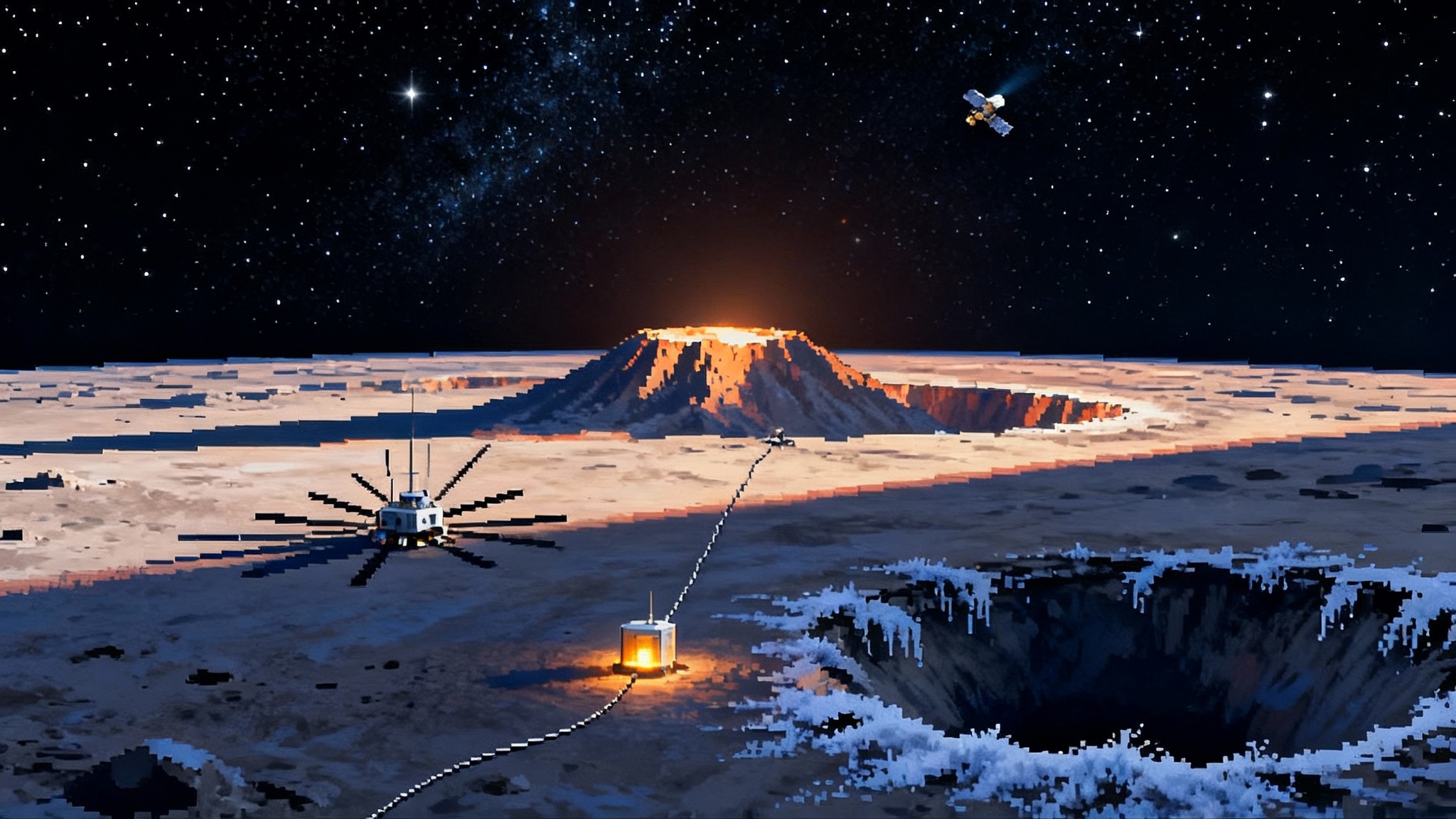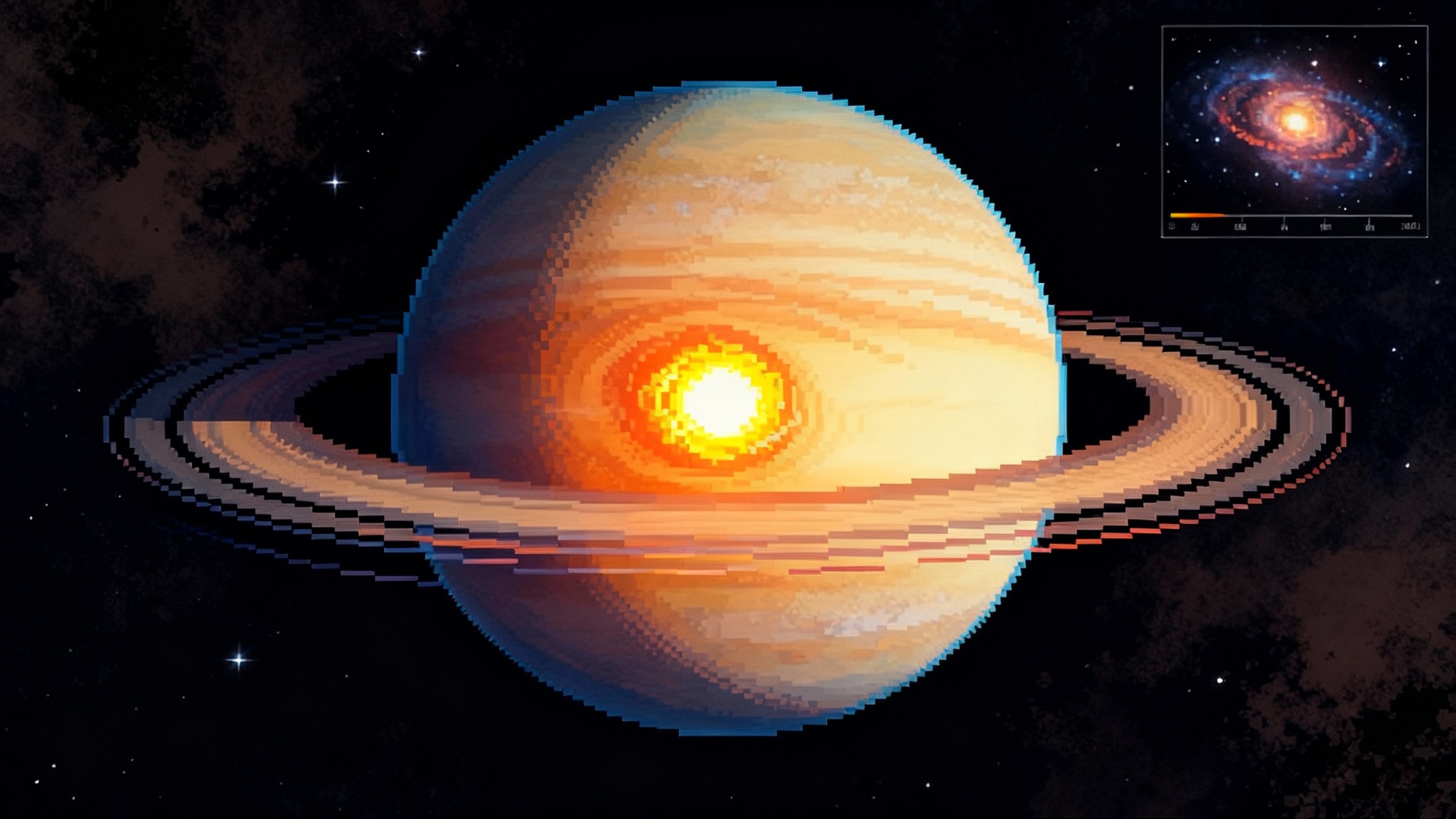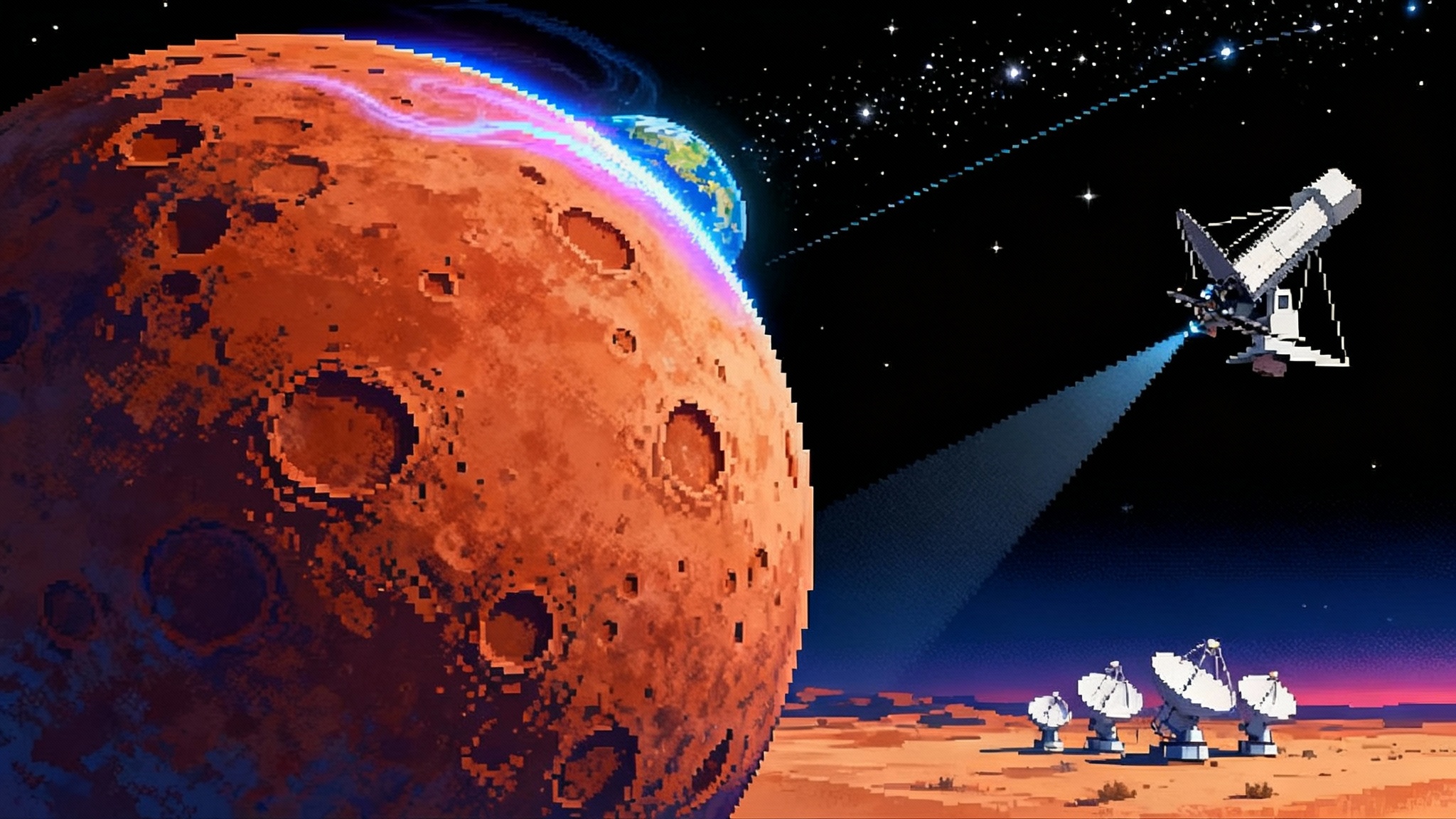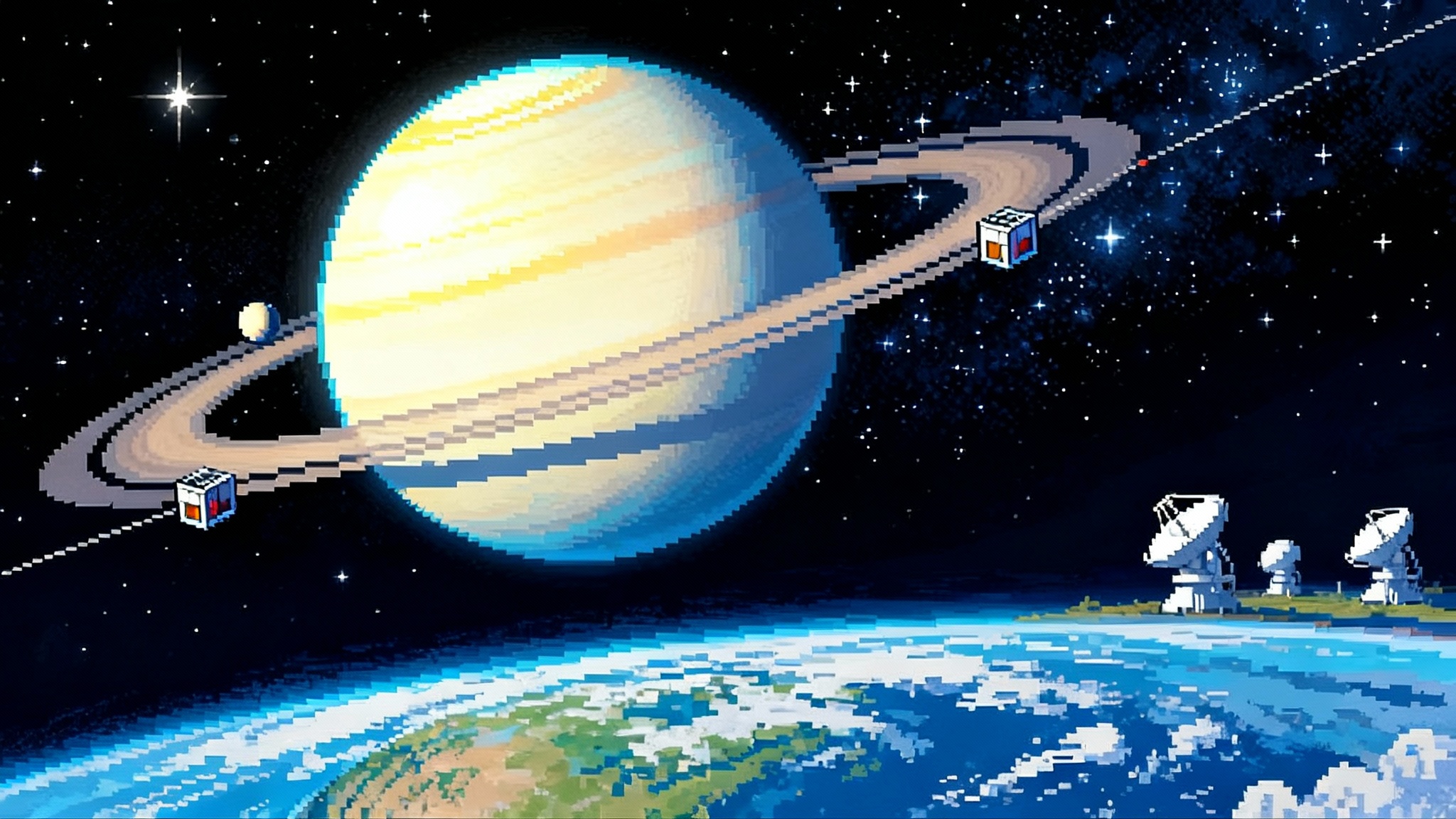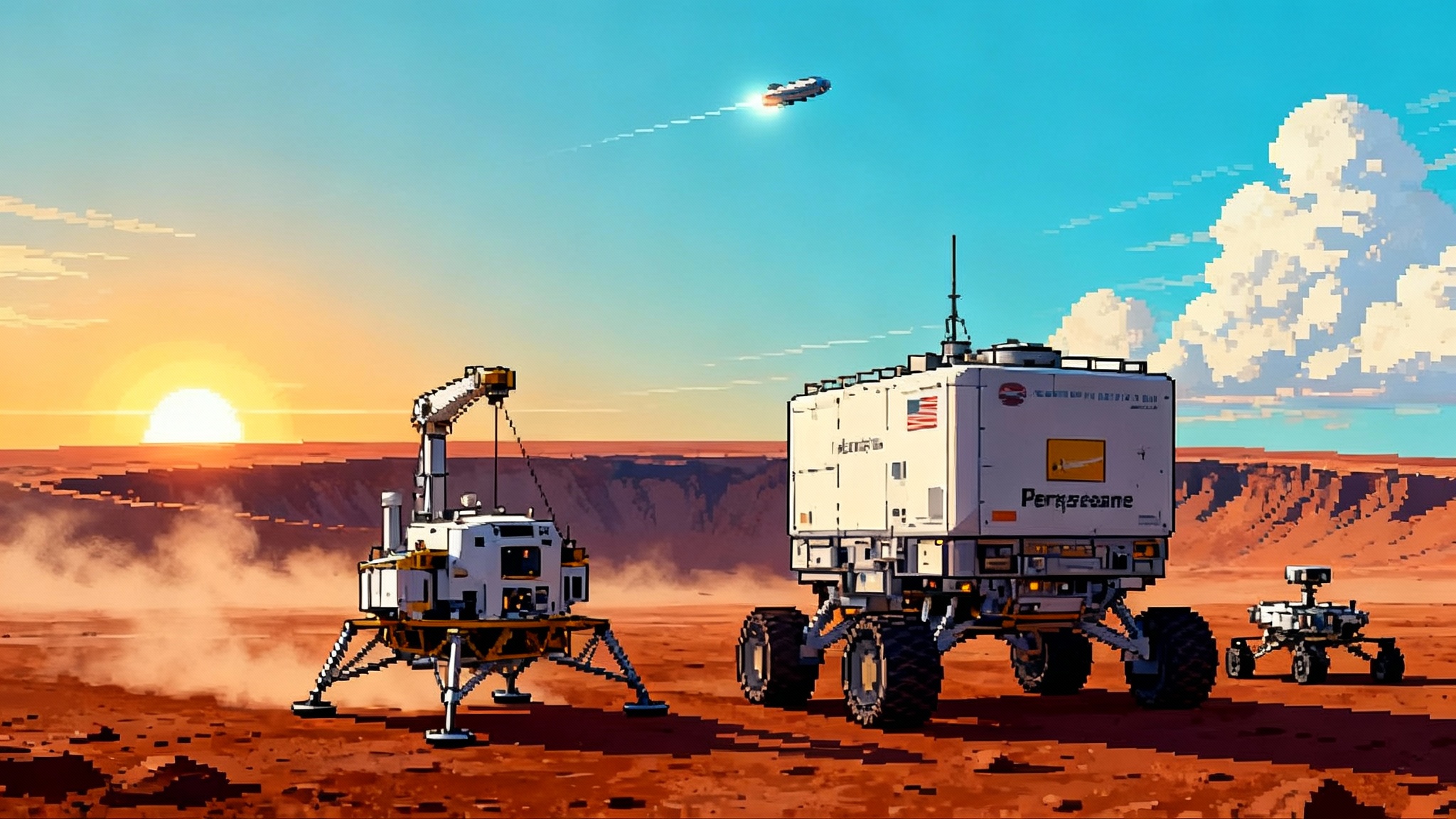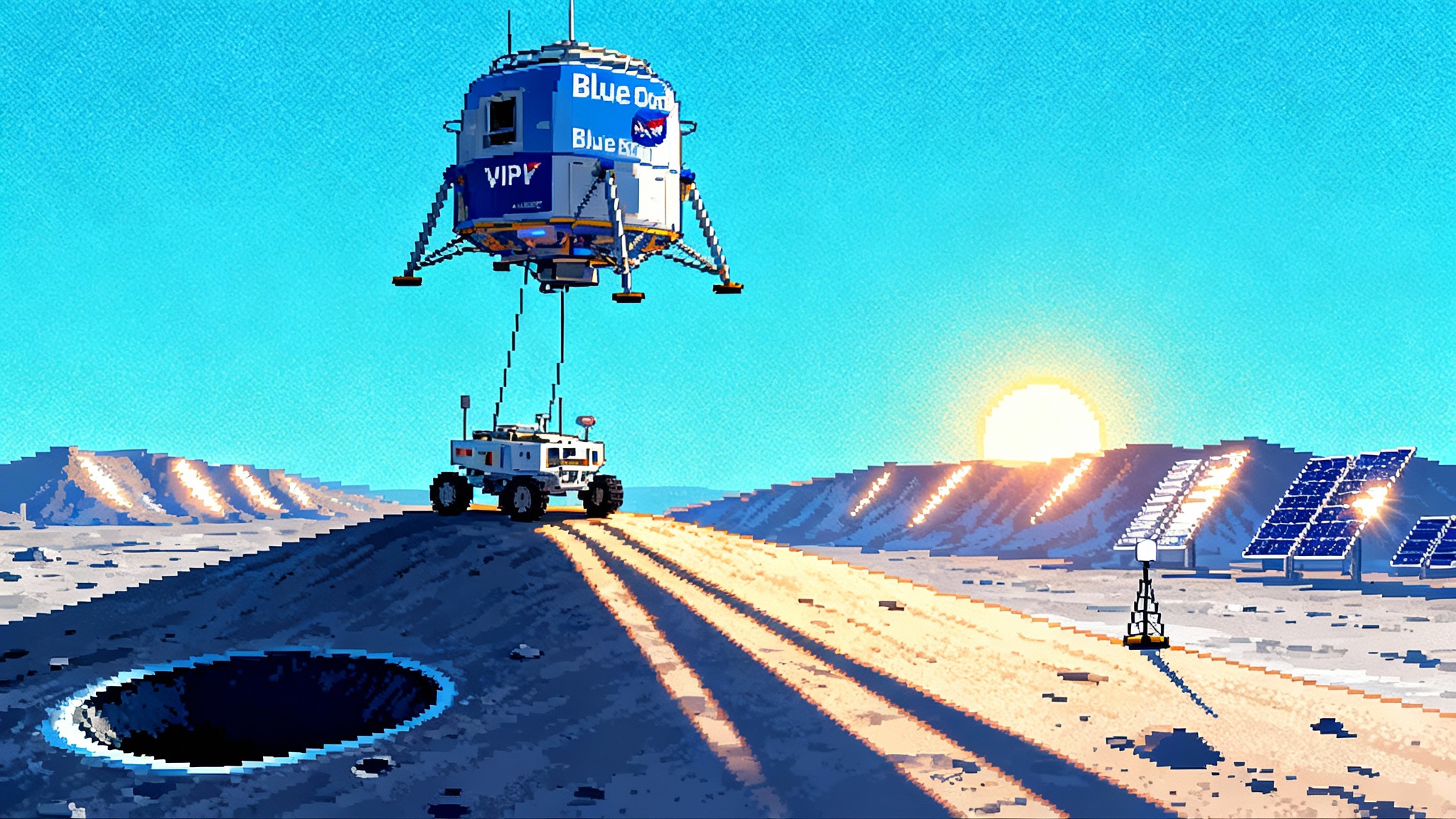China’s Tianwen-2 targets a quasi-moon, then a comet
Launched May 29, 2025, China's Tianwen-2 will chase quasi-moon Kamoʻoalewa for a 2026 rendezvous, attempt anchor-and-attach sampling for a 2027 return, then slingshot to active asteroid 311P/PANSTARRS. Here is what to watch and why it matters.
A launch that rewrites the playbook
China’s Tianwen-2 lifted off from Xichang at the close of May and launched on May 29, 2025, setting up a tight series of milestones that will unfold fast by deep space standards. The spacecraft’s near-term agenda is clear. First, a July 2026 rendezvous with 469219 Kamoʻoalewa, a house sized near Earth asteroid that behaves like a tiny companion to our planet. Second, a late 2027 sample return to Earth. Third, an onward push to the active object 311P/PANSTARRS in the main asteroid belt. If China’s Mars mission Tianwen-1 proved the country could reach and operate at another world, Tianwen-2 is designed to operate like a Swiss Army knife, switching tools and targets in succession without coming home.
Why this matters is not only what Tianwen-2 will visit, but how it will visit. The mission blends a new sampling technique that can latch onto a spinning pebble, an efficient solar electric propulsion system that sips fuel, and a plan for multi-target operations that turns one spacecraft into a multi-year program. That combination signals a step change for three communities at once. Planetary scientists will gain pristine samples from an object that might be a shard of our own Moon. Planetary defense planners will finally get hard numbers on how friable, cohesive, or rubble-like a small near Earth object really is. Resource prospectors will see a robotic demonstration of anchoring and drilling on a microgravity boulder, which is the core skill for any future extraction mission.
What exactly is a quasi-moon, and why Kamoʻoalewa
A quasi-moon is not a true satellite. It is an asteroid that orbits the Sun, not Earth, but stays close to Earth because it shares almost the same orbital period. Seen from our planet, Kamoʻoalewa draws elongated loops across the sky every year or so. It is small, roughly tens of meters across, and it keeps a respectful distance far outside Earth’s Hill sphere, so there is no danger of it tumbling down to us. Its dynamical oddness is the first clue that it might not be a typical asteroid.
The second clue is its color and the way it reflects sunlight. Observations from Arizona’s Large Binocular Telescope and the Lowell Discovery Telescope show a reddened reflectance spectrum that matches weathered lunar silicates. In plain English, its skin looks like Moon dust that has been cooked by the Sun and peppered by micrometeorites for a long time. That work, led by Benjamin Sharkey and colleagues, raised a bold possibility. Kamoʻoalewa could be a fragment blasted off the Moon by an ancient impact, one that later found a stable dance near Earth. You can read that original evidence in the peer reviewed paper on lunar-like silicate material. If Tianwen-2 returns samples that confirm a lunar lineage, it would be the first time we study a piece of the Moon that has been space weathered away from the Moon’s gravity for ages, a new context for interpreting Apollo and Chang’e samples. For context on recent lunar samples, see our analysis of the far side sample return.
The sampling move to watch: anchor and attach
Sample returns from small bodies have been nail biters. Japan’s Hayabusa2 at Ryugu and NASA’s OSIRIS-REx at Bennu proved touch and go works. A spacecraft dives in for seconds, blows nitrogen or presses a horn to stir up grains, then backs away fast. The method is elegant, but it relies on the surface cooperating and the timing being perfect.
Tianwen-2 adds a second option. After mapping Kamoʻoalewa from close range, the probe will attempt an anchor and attach maneuver. Think of landing on a slowly spinning rock the size of a city bus while gently grabbing hold with legs that can drill and grip. Once anchored, the spacecraft can do slower, more controlled sampling. The team can choose to brush loose grains, core slightly below the surface, or collect consolidated chips while monitoring how the material responds. It is the difference between scooping a handful of sand while jogging past and kneeling down to dig a small plug of soil.
Why this is a big deal for science: the structure of the top few centimeters, and perhaps a bit deeper, tells you how this object has aged and held together. Grains that stick like flour, gravel that slides like ball bearings, or crusts that fracture in slabs all imply different thermal histories and collisional pasts. Because Tianwen-2 can anchor, the team can run more than one sampling attempt if needed and can do it with the asteroid’s rotation under control. The goal is at least 100 grams of material. That may not sound like much, but laboratories can now run dozens of analyses on milligram sized aliquots. One clean scoop can become a global dataset.
Why this is a big deal for planetary defense: the most urgent unknowns in deflection scenarios are not orbital mechanics or kinetic impactor accuracy. They are the target’s mechanical properties. Do we hit a monolithic rock or a loose pile that soaks up energy like a sponge? By anchoring and drilling, Tianwen-2 will measure resistance, torque, vibration, and regolith behavior in real time. Those are the parameters you plug into the next mission that has to change a threatening object’s path. In a decade that already saw NASA’s DART nudge Dimorphos and Europe’s Hera spacecraft set out to map the aftermath, Tianwen-2’s ground truth on a different class of object fills a key gap.
Why this is a big deal for resource prospecting: every serious plan for in situ resource utilization rises or falls on anchoring and tool control. If you cannot attach to a rock reliably in microgravity, you cannot drill, core, or cut. Tianwen-2 is essentially a field trial for these basics in the most unforgiving conditions, with live telemetry and video to boot. Companies that design asteroid grapples, electrostatic dust mitigation systems, or micro corers will be watching for the posture changes, leg bite depths, and the way fines behave.
Solar electric propulsion and the power of patience
Tianwen-2’s itinerary looks ambitious because the spacecraft does not rely solely on big chemical burns once it leaves Earth. It uses solar electric propulsion. Large solar arrays feed power to thrusters that ionize xenon and accelerate it to extremely high exhaust velocities. The thrust is gentle, comparable to the weight of a few coins in your hand, but it is continuous for months. Over time, that steady push reshapes the path between targets with exceptional fuel efficiency.
There is a lineage here. NASA’s Deep Space 1 flew by an asteroid and a comet on a single mission using ion propulsion. Dawn spent years at Vesta and Ceres. Psyche is flying on four Hall effect thrusters to a metallic world. The difference is cadence and purpose. Tianwen-2 stacks sample return, an Earth swingby to drop the capsule, and a long cruise to 311P into one plan from day one. It is a mission that treats the solar system like a network with scheduled transfers. That planning mindset, combined with thrusters that can operate for years, is what unlocks multi target tours for relatively modest budgets. As private launchers push deeper, see our primer on the private interplanetary dawn.
For readers not steeped in propulsion, think of solar electric propulsion as a sailboat tacking across an ocean with a steady wind, rather than a speedboat that blasts fuel in bursts. A sailboat can reach many ports with careful navigation and patience. The speedboat can be very fast, but it tends to make one crossing and head home for refueling.
The comet on the second leg
After the sample return in late 2027, the mothership will not retire. Instead, it will use Earth’s gravity as a slingshot to head for 311P/PANSTARRS, an object with comet like tails in the asteroid belt. 311P shows multiple dust tails that appear and fade, likely driven by rapid rotation shedding surface material. It is the kind of active object that blurs the textbook line between asteroids and comets. By reaching it in the mid 2030s, Tianwen-2 will examine how sunlight and spin can turn a small asteroid into a sporadic dust fountain. That matters for understanding how dust fills the inner solar system and how weak small bodies really are.
What to watch in the next 18 months
From October 2025 through early 2027, there is a concrete sequence to follow.
- Late October 2025: a deep space maneuver sets up the approach geometry to Kamoʻoalewa. Expect the mission team to report trajectory corrections and power system performance as the spacecraft throttles its thrusters up and down.
- Early 2026: cruise imaging and self checks continue. The team will likely publish calibration data for cameras and spectrometers. That usually includes dark frames, star fields, and test observations of known targets.
- Late spring to early summer 2026: approach phase begins. This is when Kamoʻoalewa resolves from a point of light into a shape. Expect a flurry of navigation images that reveal its spin state, roughness, and boulder fields.
- July 2026: rendezvous and close operations start. The spacecraft will likely enter a slow, bound orbit or station keeping regime, then map the surface at multiple sun angles. Site selection for sampling is where the public will see the mission’s risk appetite. Smooth ponds are safer. Blocky ridges can be more interesting scientifically.
- Late 2026 to early 2027: sampling rehearsals. Teams practice the anchor and touch sequences at altitude and in simulation. Expect brief descents, aborted approaches by design, and a drumbeat of readiness reviews.
- By spring 2027: sampling attempts. Depending on how the surface behaves, Tianwen-2 may try both the touch and go and the anchor and attach approaches. Watch for updates on sample mass estimates, which will be based on acceleration and valve timing signatures.
This cadence is tight. It is also realistic because it builds on playbooks from Hayabusa2 and OSIRIS-REx, and it allocates time for multiple attempts. The headline dates to circle now are July 2026 for rendezvous and late November 2027 for sample delivery to Earth.
How Tianwen-2 changes small body science
- If Kamoʻoalewa is lunar in origin, laboratories will compare its grains to Apollo samples and Chang’e returns to see how space weathering proceeds outside the Moon’s gravity and magnetotail. That could recalibrate how we date surfaces by their spectral maturity.
- If it is not lunar material, that is equally interesting. It would point to an unusual parent body composition or a special surface history that mimics lunar weathering. Either way, the sample will become a reference set for all future quasi-moon candidates.
- The anchor and attach data will feed models of porosity and cohesion at the centimeter scale. Those numbers connect directly to how boulders migrate across low gravity slopes, how landslides start on small bodies, and how thermal cycling weakens rocks.
What it adds to planetary defense
You cannot design a deflection mission in a spreadsheet alone. You need constants that only come from contact. Tianwen-2 can measure how much torque it takes to twist a drill, how fast a hole collapses, how dust adheres to surfaces, and how grains charge under sunlight. Those measurements answer questions like these. Will a kinetic impact lift a compact crater or simply spray a cloud of fines that robs the impact of momentum transfer. How deep would you anchor a tugboat like gravity tractor to keep it attached for weeks. How do you keep tools from skidding off a block spinning several times per hour. The more diverse these ground truth cases are, the less we will need to guess when an object does not play by the rules.
What it means for resource prospecting
Resource conversations often jump straight to water and metals, but the first hurdle is mechanical. Tianwen-2 will show, in broadcast quality detail, how to:
- Approach a rotating target without wasting fuel.
- Make contact without kicking yourself back into space.
- Control tools while reaction wheels and thrusters try to keep you balanced.
- Manage dust that can cling electrostatically to optics and joints.
These behaviors drive the design of grippers, corers, and dust guards. Whether you run a startup working on asteroid capture nets, a mining architecture study at a space agency, or a supplier building micro drills, you will have new data to tune your designs. Even if Kamoʻoalewa carries little volatile content, the anchoring and tool control lessons apply to water rich objects elsewhere.
The new cadence for deep space
Tianwen-2 illustrates a rhythm that is becoming the norm. Launch, rendezvous, sample, return, swing by Earth, and head for a second scientifically rich target. NASA’s OSIRIS-REx is now OSIRIS-APEX and is steering for Apophis after delivering Bennu’s sample. JAXA’s Hayabusa2 left Ryugu and is on course for 2001 CC21 and 1998 KY26. The European Space Agency stacked Hera’s detailed Dimorphos survey on top of NASA’s DART impact to turn one demonstration into a multi mission campaign. Solar electric propulsion and modular sampling gear are the enabling technologies that make this cadence routine rather than exceptional. For an Earth Mars case study, read our look at NASA’s two-track Mars sample plan.
For national programs, that cadence spreads cost and risk. You get one flagship launch and multiple science returns without building a new spacecraft every time. For industry, it creates longer runs of parts and instruments, which cuts price and improves reliability. For the public, it means more frequent headlines with real milestones, not just concepts and artist impressions.
A practical checklist for readers and teams to follow
- Data drops to watch: approach images in mid 2026, first shape models, then surface texture maps that reveal ponds and block fields.
- The anchor test: look for engineering notes on leg slip, drill bite depth, and whether the team changes leg tip geometry after rehearsals.
- Sample mass estimate: teams usually release a preliminary number from acceleration curves within days of a successful attempt, then refine it later.
- Capsule trajectory updates: by mid 2027, expect regular notes on where the sample capsule will land in China and how recovery rehearsals are going.
- Post delivery maneuver: the main spacecraft’s Earth swingby needs precision. Small adjustments determine the 2035 arrival at 311P.
If even two thirds of this sequence hits on time, the field will have a template for multi target exploration that many agencies can adopt. The point is not to race, it is to repeat. Repeat with different targets, different tools, and steadily better preparation for both discovery and defense.
The bottom line
A mission that can anchor to a stone the size of a storefront sign, pluck a palmful of ancient dust, and then keep flying for another decade is not business as usual. It is a new tempo. Over the next 18 months, Tianwen-2 will move from a press release timeline to a daily stream of approach images, rehearsals, and sampling attempts. Watch the anchor and attach system, the sample mass telemetry, and the capsule recovery plan. Those are the telltales for whether this new cadence will hold. If it does, expect more missions that do not choose between targets or techniques, they stack them. That is how exploration gets faster without rushing, and how we prepare for the day when a small object is not just interesting, it is urgent.
